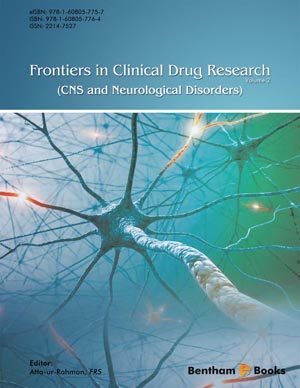Abstract
In the last 20 years, there have been advances in techniques and instrumentation for intracranial aneurysm exposure and obliteration [94]. However, it seems that 32% of the patients, who underwent surgery, suffer a fatal outcome or some form of sequelae [20]. Primary brain damage due to subarachnoid haemorrhage (SAH) and to a vasospasm, is the major cause of mortality and morbidity; but surgery-related complications constitute 14% of the morbidity [20]. Indeed, the surgical therapy of cerebral aneurysms carries several risks related to manipulation, accidental or intentional blood vessels clipping, or bleeding due to premature aneurysm rupture, suggesting room for improvement in surgical procedures.
Today, electrophysiological monitoring with somatosensory and motor evoked potential (SSEP and MEP) recording, and electroencephalographic (EEG) monitoring, are frequently used in aneurysm surgery, and they are the standard techniques used in level assessing of cerebroprotective anaesthesia and monitoring ischemia during surgical manoeuvres.
In this chapter, we report our experience in using neurophysiopathological monitoring during aneurysm surgery with particular reference at the evoked potential and EEG changes in response to surgical and anaesthetic variables; we also give technical advice and discuss clinical applications. However, to prove intraoperative usefulness, these techniques require a dedicated knowledge, both technical and pathophysiological. .
Keywords: Electrophysiological monitoring, aneurysm surgery, electroencephalographic monitoring, somatosensory evoked potential, motor evoked potential, anesthetic drugs, TCI.






















